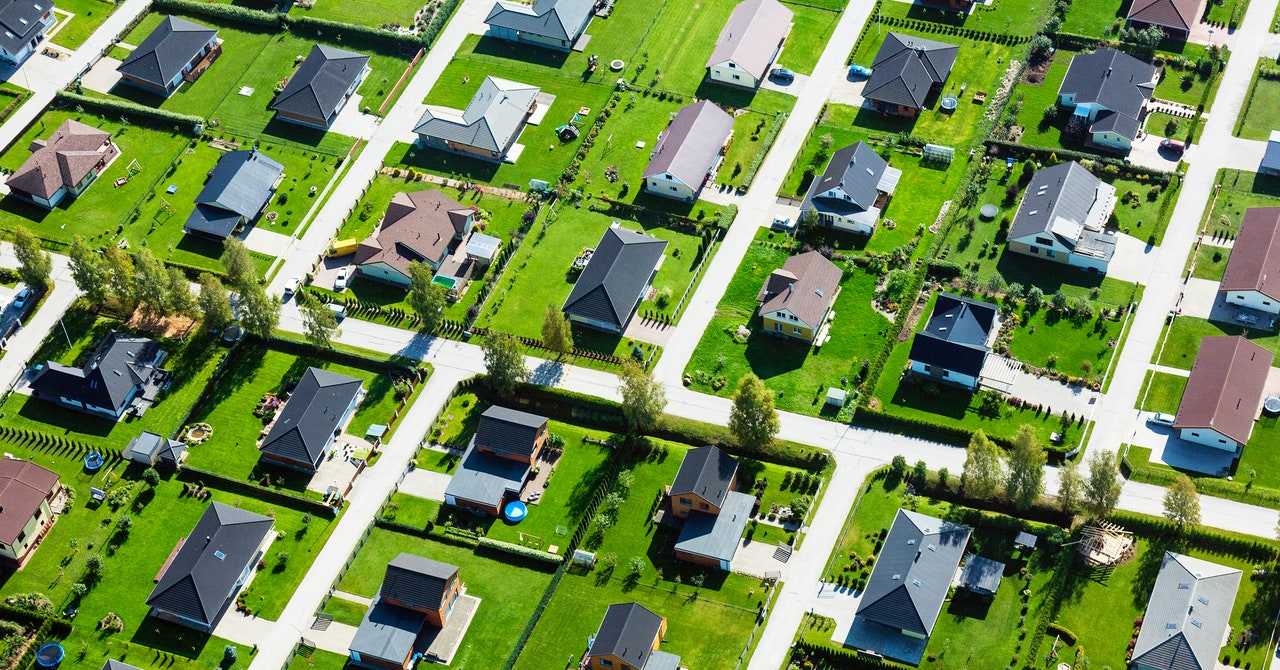
But overall, says University of California Berkeley innovation designer Ian McRae, who studies climate resilience in the built environment, lawns are an inefficient way to cool a green space, compared to building out a diverse grouping of native plants that are more aesthetically pleasing, water-efficient, and conducive to biodiversity. “We love our lawns for varying reasons,” McRae says, “but they are overvalued and overutilized relative to the variety of planting palettes available to us to create spaces we want to be in, spaces that can perform far more effectively from a cooling and water use standpoint.” (He wasn’t involved in the new research.)
Much of the cooling attributed to lawns actually comes from the soil itself, McRae says: Since grass is such a short plant, the sun directly strikes the soil underneath it, evaporating the water that’s soaked into the ground.
As the world warms and urban populations grow, more and more city dwellers will be exposed to extreme heat. “That sounds like bad news, but it also means that there’s an opportunity,” says Christa Brelsford, an environmental scientist who has studied cash-for-grass programs at Oak Ridge National Laboratory but wasn’t involved in the new study. “This paper shows that by different choices of landscaping, there are small-scale choices that people make about landscaping in urban forums that can have significant impacts on the experience of heat for people.”
Still, scientists have a few concerns about how this might play out in the real world. For one thing, as the urban heat island effect intensifies, it may become harder for certain plant species to survive in cities. You’d hate to spend time and money on tree-planting campaigns if all your trees will die in a decade. So in addition to further researching how different kinds of vegetation can help cool cities, researchers have to figure out which species can withstand the heat.
For another, when a particularly bad heat wave settles in, even the plants that can survive the heat stop releasing water vapor, a defense mechanism to keep from desiccating. “You lose this evapotranspirational benefit when it’s really hot,” says Ariane Middel, an urban climatologist at Arizona State University and a coauthor of the new paper. Yet that’s when people need cooling the most.
The trick will be greening up cities in a way that provides the most cooling with the least water. “There is no one-size-fits-all kind of strategy,” says the Desert Research Institute’s Rubab Saher, who led the new study. “I wish there were. It’d make our lives so much easier. But it depends, even from one neighborhood to another neighborhood.”
One particularly powerful solution may be “rurbanization,” or bringing food production into cities. While grass just sits there guzzling water, urban farms could become ultra-efficient by growing food with recycled wastewater, simultaneously feeding residents, cooling neighborhoods, and attracting pollinators—which helps boost diversity, as a xeric landscape might. Bonus: Growing crops under solar panels on rooftops could cool buildings and generate free electricity.
Urban planners might even be able to reduce heat and increase shade in places that can’t support many plants. Scientists are experimenting with reflective roofs and pavements, which bounce the sun’s energy back into space, reducing surface temperatures. And if a neighborhood can’t spare the water to grow thirsty trees, perhaps building a “shade arcade” that spans overhead could provide some relief. This covering could even be made out of the same material as reflective roofs, further boosting its cooling capacity.
“You can have really lovely shade structures that don’t have to be a tree,” says Stephanie Pincetl, director of the California Center for Sustainable Communities at UCLA, who has studied turf replacement programs but wasn’t involved in the new paper. “We’re so stuck. We have no conceptual architectural imagination.”
What we need, then, is fewer boring lawns and more creativity.


